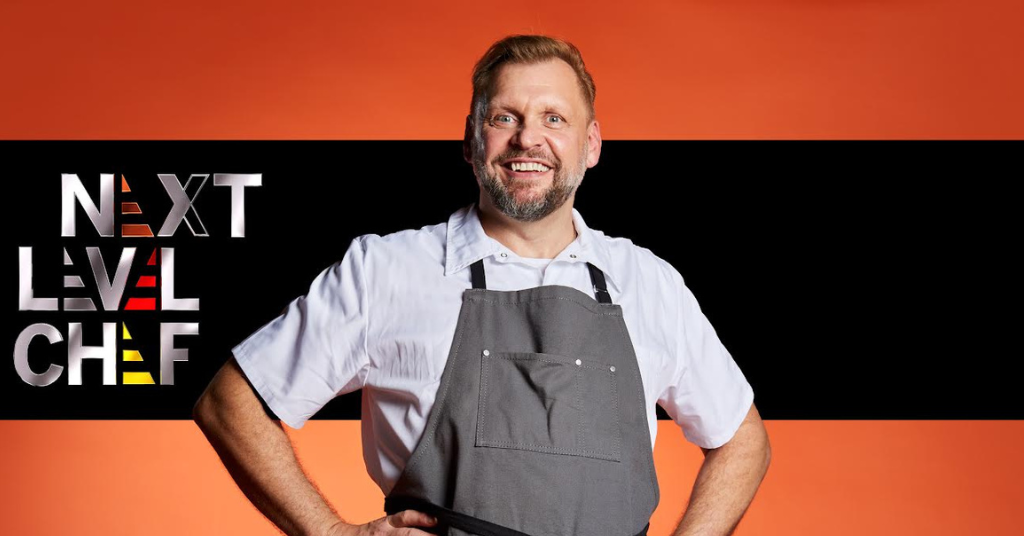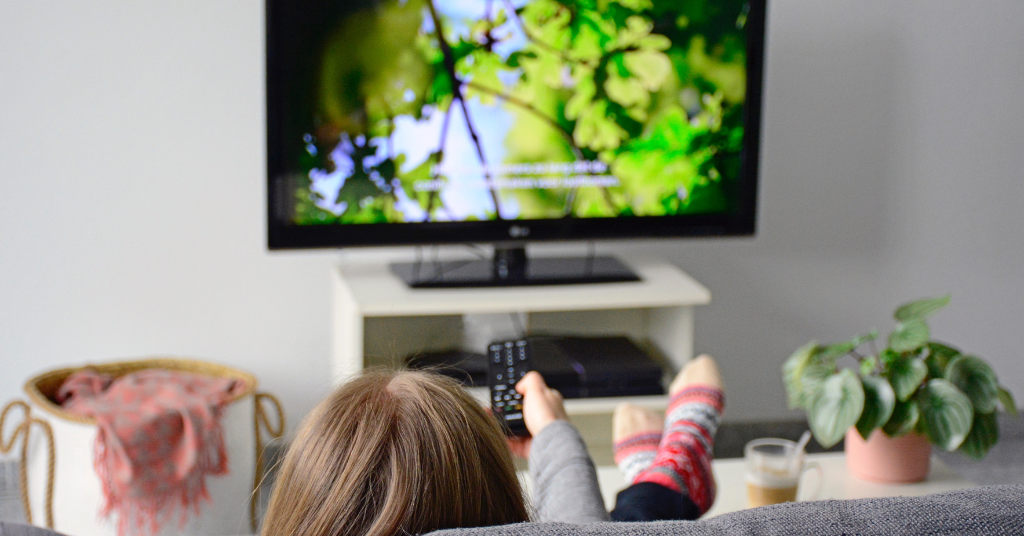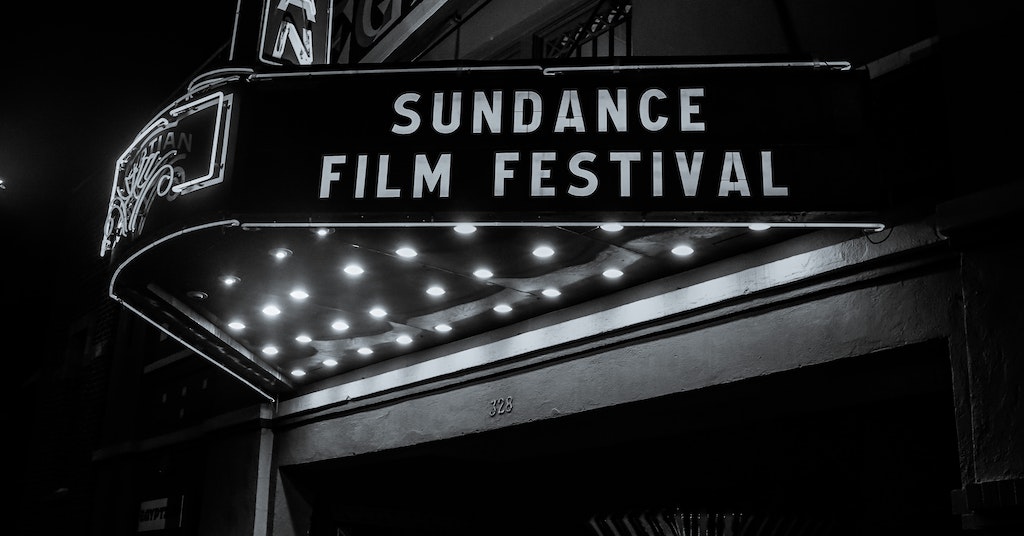
Scientists discover “master gene” that regrows dead ear hair cells
July 29, 2022
A waitress with hearing loss is helped by the Phonak Roger On
August 5, 2022Jacob’s Ride – a home run for hearing

Jacob Landis’ hearing loss has affected him in many ways. The isolation he experienced growing up with hearing loss led to depression and drug addiction as a teenager. Then, he took a journey he called “Jacob’s Ride,” in which he rode his bike to all 30 Major League Baseball stadiums to raise money for cochlear implant surgeries, which changed his life. Now a documentary about him is in the works.

Jacob, 8, baseball card
Humble Beginnings
Jacob’s Ride came about when Jacob Landis, now 32, of Annapolis, Maryland, was figuring out what it was he wanted to do with his life. He had spent almost four years at his local community college, never quite figuring out what career he should be working toward. When his dad, Randy Landis, asked him, “What do you want to do?” his response was, “I just want to ride my bike.”
Landis was born with gradual hearing loss and got a cochlear implant in 1999 when he was 10 years old. The surgery drastically changed his life for the better and allowed him to “breathe again.” Wanting to save people from the same isolation that he experienced before implantation, an idea came to him. By combining his three biggest passions – cycling, baseball, and advocating for hearing loss — Landis set his life upon a path that led him directly towards his purpose. He decided he would ride over 10,000 miles to all 30 Major League baseball stadiums in an effort to raise money for people to receive cochlear implant surgery. Thus Jacob’s Ride was born.
Planning for Jacob’s Ride
When the idea for a cross country fundraising cycle first came to Landis, he initially thought it would last a single baseball season. He never set out with a long term goal. At best, he hoped he would get to ride 11,000 miles through some beautiful scenery and see some great baseball games along the way. He thought that all the time spent on his bike could also help him think about the future.
As soon as Landis began working out the logistics for the ride, the reality of the planning, effort and strength that goes into this sort of journey dawned on him. He realized he wasn’t going to be able to pull this off alone. Luckily, help was at hand. “It was never just me doing this,” Landis explained. “It was my dream and idea, but almost immediately many friends and family members got involved.”
While his father (who today is Executive Director of Jacob’s Ride) worked on recruiting volunteers and local businesses who could support the project, Landis focused on the cycle’s physical challenges. He worked with a physical trainer, bicycle coach, and nutritionist, making sure his body was prepared for the demands of a six month bike ride. He also took charge of planning out the bike route, extensively researching the 30 baseball team schedules to figure out if the game sequence was possible.
The Gift of Hearing Foundation
The most valuable support Jacob’s Ride received was provided by The Gift of Hearing Foundation (GOHF), founded by Eileen Jones. The small charity was established to provide financial aid for cochlear implant surgeries for people who lack the personal means to pay for them. Jones unleashed her well-connected board members and several national contacts to start organizing every major city that Landis was planning to visit. GOHF volunteers secured dozens of host homes for him, which provided solid meals and comfortable places to sleep. On April 3rd, 2013, Landis set off on the six month quest that would challenge him in ways he could have never predicted.
In 2014, he finished the ride, raising over $250,000. Ten years on, and Jacob’s Ride has evolved into a nonprofit charity that is all volunteer based, delivering cochlear implantation and changing lives of Americans whose costly surgery fees aren’t covered by insurance. Speaking of the experience, Landis said, “My world became bigger.”
“My world became bigger.”
Until 2017, the Jacob’s Ride team’s sole focus was putting together events and raising money to send to GOHF. They were the ones who did the painstaking work of negotiating the fees and charges of the surgeries. Then in the fall of 2018, GOHF ceased operations and Jacob’s Ride for Hearing took over administrative procedures and financing CI surgeries directly. It was the biggest progression Jacob’s Ride had seen in terms of its scope and functions. They have been providing applicants with implantation ever since.
Applying for Funding
The application process which can be accessed on Jacob’s Ride website is straightforward and accessible. “We have never had to say no to someone who meets our criteria and has successfully gone through the application process,” Landis said. Once the necessary information, application and supportive material are provided, the team puts together the application package and ensures it is clear and consistent. To put the selection process in perspective, Jacob’s Ride receives between 60 – 80 requests per year. The selection criteria is specific:
1. Only one cochlear implant per applicant
2. Audiological tests that confirm that the combined hearing (both ears) are less than 50 percent hearing capability
3. U.S. hospitals only – The vast majority of requests (80 percent) are for hearing aids or from foreign countries. Therefore, during the last four years, they have issued only approximately 50 applications. If you think you are eligible and meet this criteria, then you can request an application from them here.
Lucky Beneficiary
One family who was given the gift of hearing through this process was the Mohney family. One day, they realized their two-year-old son James was no longer responding to them. He was constantly in tears from the isolation he was experiencing due to his hearing loss. James needed to get surgery fast before his hearing loss began to interfere with his speech development. The family was told their insurance plan did not cover the CI surgery.
Watch their heart touching journey and James getting what his sister calls his “magic ears” here.
Defining Moments

Riding in Camden Yard Alley
During the ride in 2013, Landis — who has worked at Whole Foods for many years — spent the whole summer living on the road, 20-25 miles at a time.
“Just walking my bike to the stadium in Miami after getting hit by a truck was a huge moment,” he says. “It was half a year of just riding. I didn’t care too much about not finishing the last 180 miles since I knew I could have done it – Florida is very flat! Just the feeling of being finished with something so big was such a good feeling. I did return to Florida the following spring to pedal those 180 undone miles, just for closure.”
Another defining moment was the beginning of the ride, when everything was still yet to come. Landis had ridden 450 miles when he found himself with a week off between games in New York due to the home schedule of the Mets and Yankees.
“I had a whole week of just sitting and ruminating about the 10,000 miles left in front of me,” he recalled.
Read more: Ask Anna: Can I enjoy cycling with a hearing loss?
Personal Milestones
In addition to raising money for an important cause, Landis passed many personal milestones on the ride. One of these involved crossing his first ever mountain range through the Appalachian Mountains in Upstate New York where his physical abilities were put to the test. The temperatures were freezing due to how far north he was. He knew the mountain ranges out West were only going to get bigger.
“Nothing really prepares you for your first mountain range,” he said. “I didn’t consider quitting, but for the first time I questioned my ability to actually do the riding. It really felt like I had to relearn how to ride my bike. Thinking about all of the support I had received and all of the people with hearing loss who had begun showing up at baseball games to cheer me on really helped me to keep going.”
Through his ride and meeting other people with hearing loss, Landis learned a lot. He is a better self-advocate. He has also started using new assistive listening devices and is more comfortable in his own skin. As a result, he highly recommends meeting others with hearing loss, as it is validating, rewarding, and educational.
Hearing Loss and Mental Health
The battles Landis has ridden out have not been entirely physical. Landis has spoken candidly about the harmful effects that hearing loss had on his mental health, which led him into a dark period of depression and battle with drug addiction. Despite receiving a cochlear implant at age 10, he had already experienced severe isolation. That trauma can easily follow into adulthood, which is what happened in Landis’ case. He dealt with it even during his ride.
His message for other people dealing with the same struggles is that they are not alone.
“Having hearing loss is so difficult,” Landis said. “It can be so socially debilitating, but also invisible at the same time. Finding a supportive community or even just a few friends is so important. I just wanted to be accepted by my peers. I knew I was different, but it was hard to fit in. In noisy environments, I often didn’t understand everything that was talked about. When I went to restaurants with a group, I didn’t have the personal confidence to advocate for myself.”
“Finding a supportive community or even just a few friends is so important.”

Jacob, 2, and his dad
If Landis could talk to his younger self, before his surgery, he said he would make it clear that the surgery isn’t a cure.
“When I got the implant in 1999, there really weren’t a lot of nearby patients. I was so successful that I was called an “All-Star,” and I was recruited by John Hopkins to speak to other families and even speak to engineering students about how successful I was with the implant.”
Read more: Managing hearing loss and mental health
A Necessary Path
Nowadays, the success of Landis’ surgery would be expected due to his age and progressive nature of his hearing loss. But as a young, 10 year old kid, he internalized the idea that he was fixed and that it would be almost unreasonable to expect anything more.
“I didn’t look into upgrades or anything for a long time,” he said. “I was very static in what I decided I could or could not do, hearing wise. I definitely repressed some of the frustrations and challenges that I experienced in middle school and high school. If I could go back in time to talk to myself in high school, I could tell myself to stop using drugs in an attempt to fit in, and then a year later, tell myself to stop using drugs to cope with the pain of still not fitting in, despite the drugs and alcohol. But I don’t think I would have listened. I think I had to go through what I did. I don’t know what the answer is, or if there is a single answer for everyone. I know that having a healthy support system, a close friend or two, and at least some connection with the hearing loss community has helped immensely.”
Jacob’s Ride on the Big Screen
Being a well-known recipient of the cochlear implant, Landis — who married in 2019 and had his first child in 2020 — was contacted by the producers of the upcoming movie “Rally Caps.” They offered him a small, non-speaking role in the movie that stars Academy Award nominee Judd Hirsch. The film is an adaptation of Jodi Cutler and Stephen J Cutler’s acclaimed coming of age baseball novel featuring a strong deaf protagonist.
Landis didn’t need much time to deliberate on the offer. During his time on set, he spoke with other film crews shooting interviews and behind the scenes shots. A few weeks later, film producer Art Rubalcava called to discuss shooting a documentary following Landis’ hearing loss journey. Landis agreed to the experience; he loves watching documentaries and never thought his experience warranted one.
“But sitting down and getting interviewed over many hours made me realize that looking back, it was a really amazing thing to live through,” he said.
In mid-October, Rubalcava and his videographer travelled to Annapolis and officially began shooting for “Jacob’s Journey.” It was an intense start to filming, with Landis and his family individually sitting through two-hour interviews and answering questions that Landis described as very personal. They brought back difficult memories.
In February, they traveled to Indianapolis, Indiana, to capture the cochlear implant activation of an eight-year-old girl for whom Jacobs’s Ride had provided financial assistance. At the end of April, they traveled to Durham, NC, retracing around 70 miles of Jacob’s 2013 bike ride, which was captured with drone shots. They interviewed several cochlear implant users along the way.
Jacob’s Journey
The released preview provides a glimpse into the many layers of Landis’ life. Battling substance abuse and addiction while living with hearing loss is something that is not discussed enough, yet according to Hearing Associates of Northern Virginia LLC, individuals with hearing loss are almost twice as likely to have substance abuse issues compared to hearing people. Stories like Landis’ will help many people struggling with addiction know they are not alone.
“…individuals with hearing loss are almost twice as likely to have substance abuse issues compared to hearing people.”
While the Kickstarter failed to meet its goal, Landis’ father said he and the producer have personally funded the project to date and it will be completed. Most of the story has been written and most of the filming is done. There is no rush or deadline, so stay tuned!
Read more: Why there should be more deaf friendly Alcoholics Anonymous meetings
As for Landis, he hopes the documentary will be interesting and engrossing.
“I hope the documentary can explain why those with hearing loss can easily become sad, depressed, tired and lonely,” he added. “All of us long for social acceptance and rich friendships, and hearing loss can hinder both.”



